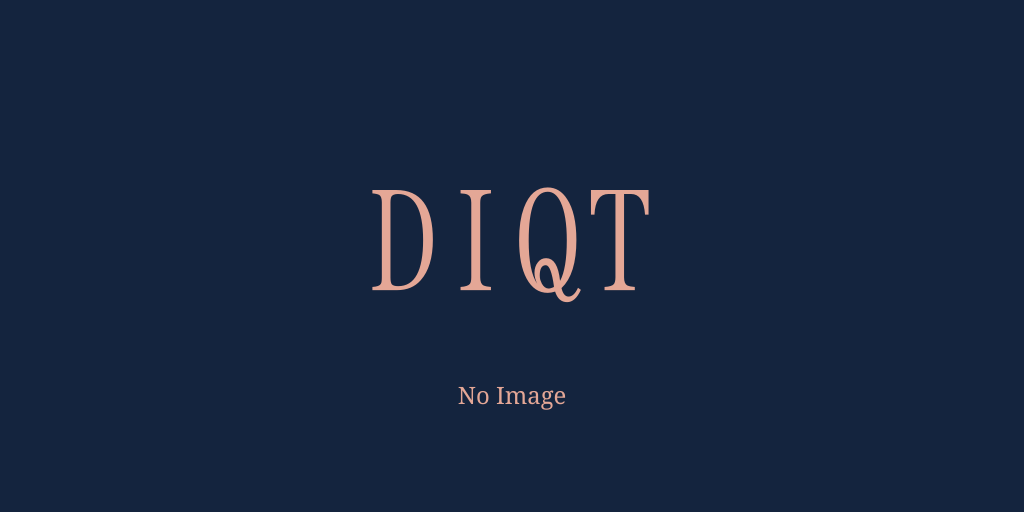A Boolean lattice always has 2ⁿ elements for some cardinal number 'n', and if two Boolean lattices have the same size, then they are isomorphic. A Boolean lattice can be defined inductively
as follows: the base case could be the degenerate
Boolean lattice consisting of just one element. This element is less than or equal to itself, which reflects the first law of thought
. Inductive step: given the structure of a 2ⁿ-element Boolean lattice, make an exact and separate duplicate of it, which preserves the order relation isomorphically. Then connect the two lattices as follows: choose one as the bottom
and one as the top
, then draw an arrow connecting each element of the bottom
lattice to its corresponding element of the top
lattice. The result is the 2ⁿ⁺¹-element Boolean lattice (unique up to order-isomorphism). The 0 of the bottom lattice becomes the new 0, and the 1 of the top lattice becomes the new 1. Note that the 4-element (Boolean) lattice is a square, the 8-element lattice is a cube, the 16-element lattice is a tesseract, and higher-order lattices are higher-dimensional hypercubes in general, with the 0 and 1 always diagonally opposite, i.e., at the highest possible Hamming/taxicab distance from each other (equal to 'n' for an n-dimensional hypercube) and the edges directed so as to connect the vertex closer to 0 to the vertex further away from 0 (in terms of Hamming/taxicab distance).





